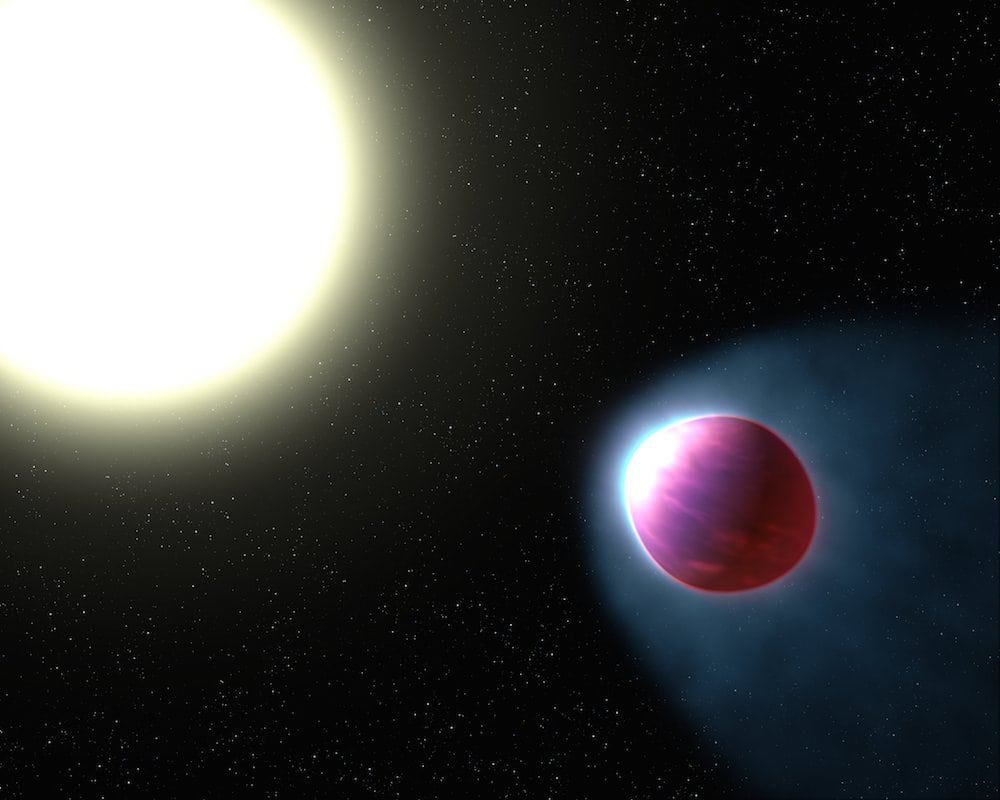
NASA’s new deep-space telescope could reveal up to 1,400 new planets in its ongoing search for extraterrestrial life.
Scientists say the US space agency’s Wide Field Infrared Survey Telescope (WFIRST) will give humans the largest, deepest, clearest picture of the Universe to date.
The £2.45 billion mission will build on the work of its predecessor Kepler that found more than 2,600 planets outside our solar system before its mission ended last October.
It is still in its planning stages but astronomers at Ohio State University have predicted it will find planets further from their Suns than the Earth is.
The WFIRST’s “gravitational microlensing” – a technique using Albert Einstein’s famous theory of general relativity – could allow it find up to 1,400 new planets outside our Solar System.
Lead study author Dr Matthew Penny, postdoctoral researcher in the Ohio State Department of Astronomy, said: “We want to know what kind of planetary systems there are.
“To do that, you need to not just look where the obvious, easy things are. You need to look at everything.
“Kepler began the search by looking for planets that orbit their stars closer than the Earth is to our Sun.
“WFIRST will complete it by finding planets with larger orbits.
“Although it’s a small fraction of the sky, it’s huge compared to what other space telescopes can do.
“It’s WFIRST’s unique combination – both a wide field of view and a high resolution – that make it so powerful for microlensing planet searches. Previous space telescopes, including Hubble and James Webb, have had to choose one or the other.
“WFIRST will allow us to find types of planets that we haven’t seen before now.
“From WFIRST’s microlensing survey, we will learn how frequently different types of planets are formed, and how unique our solar system is.”
He said the new telescope will pave the way for a more accurate, more focused search for extraterrestrial life.
It was designed by NASA and astronomers to find new planets and research dark energy – the mysterious force thought to be powering the Universe’s increasing rate of expansion since the Big Bang.
The study provides the most detailed estimates of its potential reach to date.
It explained the gravitational microlensing technique relied on the gravity of stars and planets to bend and magnify the light coming from stars that pass behind them from the telescope’s viewpoint.
This effect, which is connected to Albert Einstein’s Theory of Relativity, allows a telescope to find planets orbiting stars thousands of light-years away from Earth -much farther than other planet-detecting techniques.
But because it only works when the gravity of a planet or star bends the light from another star, the effect from any given planet or star is only visible for a few hours once every few million years.
WFIRST will spend long stretches of time continuously monitoring 100 million stars at the centre of the galaxy, as a result.
Dr Penny said it should give astronomers, astrophysicists and others who study space significantly more information about more planets outside of our solar system.
So far, scientists have discovered about almost 700 planetary systems–also known as solar systems–containing more than one planet.
And they have discovered some 4,000 planets. But even though humans have searched galaxies near and far for signs of life, the search mostly has found planets that are closer to their stars than Earth is to our Sun.
His study predicted that about 100 of those not-yet-discovered planets by WFIRST could have the same or lower mass as Earth.
The new telescope will be able to map the Milky Way and other galaxies 100 times faster than the famous Hubble Space Telescope, which was launched in 1990.
The WFIRST mission will scan a small piece of the universe – about 2sqrdegrees – at a resolution higher than any similar mission in the past.
Dr Penny said that resolution will allow WFIRST to see more stars and planets than any previous organised search.
The “infrared” piece of the Wide Field Infrared Survey Telescope is also important, he added.
Dr Penny said: “Infrared light allows WFIRST to see through dust that lies in the plane of the Milky Way in between us and the galactic center, something optical telescopes on the ground cannot do.
“This gives WFIRST access to parts of the sky that are more densely packed with stars.”
The mission is still in the planning stages; NASA announced plans to move forward with WFIRST in February of 2016, and began its initial planning in May of 2018.
The study was published in the Astrophysical Journal Supplement Series.